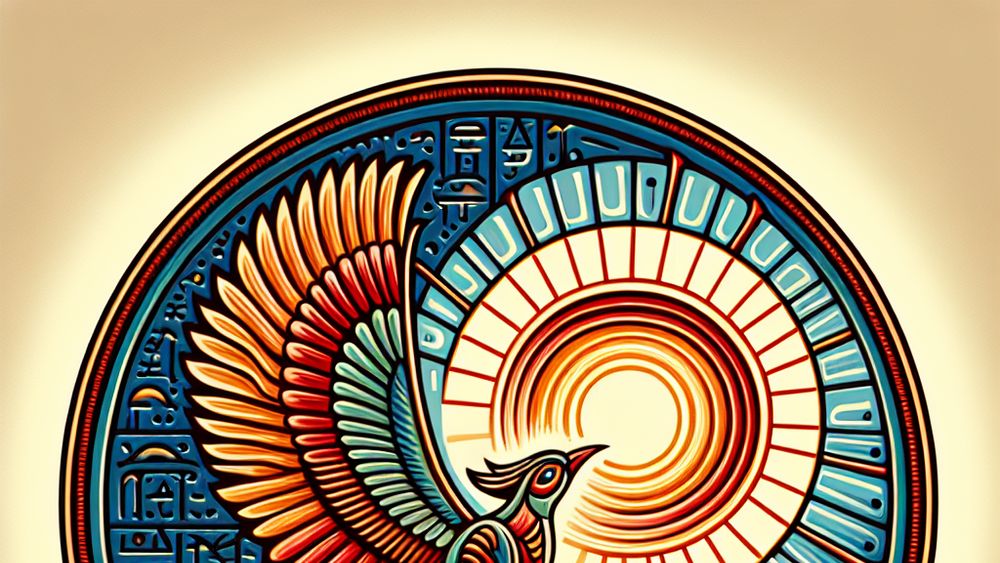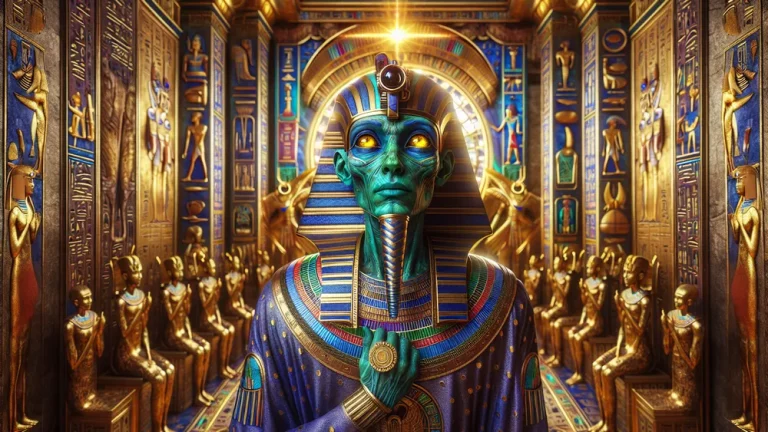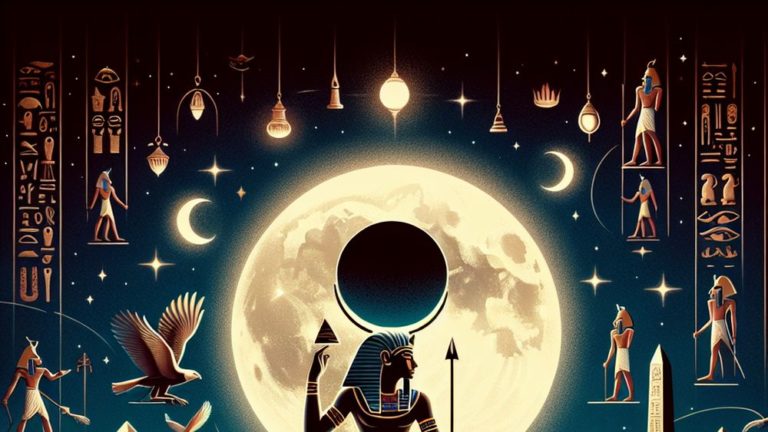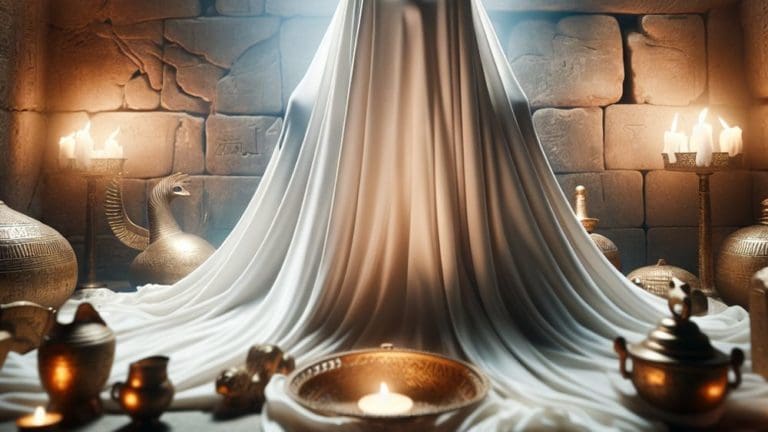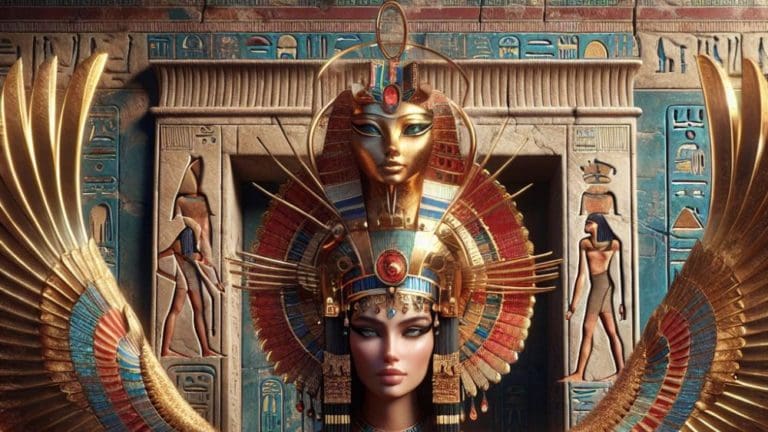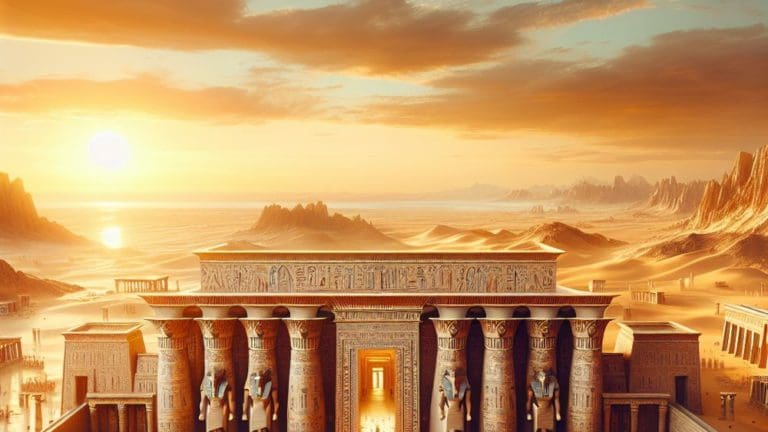Discover The Fascinating Rekhyt Bird Symbolism
Discover The Fascinating Rekhyt Bird Symbolism
Hey there, history and mythology enthusiasts! Let’s dive into the intriguing world of the Rekhyt Bird, a symbol that might not be mainstream but is packed with awesome meaning and history. Imagine a symbol so powerful that it’s been rocking the ancient Egyptian world since way back.
Key Points:
- The Rekhyt Bird symbolizes the common people in ancient Egyptian culture.
- Its symbolism evolved from representing the people to symbolizing loyalty to the pharaoh.
- The bird was depicted in various contexts, showcasing its importance in both life and afterlife beliefs.
- The Rekhyt Bird served as a guardian of the realm, illustrating power, protection, and unity under the pharaoh’s rule.
- It held significance in pharaonic cultures, symbolizing democracy and the bond between the ruler and subjects.
- In Egyptian mythology, the bird was believed to embody the souls of the deceased, acting as a bridge between the living world and the afterlife.
- Rekhyt Bird artifacts, hieroglyphs, and art portray its esteemed position within ancient Egyptian society.
I get it, diving into ancient symbols can seem like a hefty task, but trust me, the Rekhyt Bird is no ordinary icon. It’s a representation that takes us on a spectacular journey through Egypt’s long history, and understanding its significance is like unlocking a secret door to the past. Ready for this? Let’s dig in!
The Origins and History of the Rekhyt Bird
Exploring the origins of the Rekhyt Bird is like embarking on a time travel adventure back to Ancient Egypt. It was here, amidst the grandeur of pyramids and the mysticism of the gods, that the Rekhyt Bird first flapped its wings into history and symbolism.
Tracing the Rekhyt Bird’s Ancient Egyptian Roots
The Rekhyt Bird, or the lapwing bird (Vanellus vanellus), is more than just a bird in ancient Egyptian culture; it’s a motif symbolizing the common people or the subjects of the land. The roots of this iconic bird stretch back to:

- The Old Kingdom, where it was first depicted.
- Areas around temples, indicating its sacred significance.
- Its widespread depiction on tombs and monuments, which shows the bird’s significance in both life and afterlife contexts.
These elements paint a picture of a bird deeply intertwined with the social and religious fabric of ancient Egypt.
Understanding the symbolic significance of the Rekhyt Bird in ancient Egyptian culture reveals its deep connection to both social and religious aspects of life.
The Evolution of Rekhyt Bird Symbolism Through the Ages
The meaning of the Rekhyt Bird evolved significantly from the Old Kingdom through the New Kingdom. Initially a symbol for “the people”, its interpretation expanded to represent subjects’ loyalty to the pharaoh and the worship aspects concerning the king.
By the New Kingdom, the bird’s portrayal often showed it captured or subdued, emphasizing the pharaoh’s dominion over his enemies and, by extension, his protection of the nation. This evolution reflects not only changes in political ideology but also in religious and cultural practices in ancient Egypt.
The Symbolism and Significance of the Rekhyt Bird
The Rekhyt Bird is steeped in symbolism, representing themes of power, protection, and people’s unity under the pharaoh’s rule. Its depiction alongside figures of pharaohs and gods illustrates its importance in the ancient Egyptian social and divine order.
Decoding the Rekhyt Bird’s Iconography
Deciphering the iconography of the Rekhyt Bird sheds light on its layered meanings and importance in Egyptian art and society. Here’s a quick snapshot:
| Symbol | Interpretation |
|---|---|
| Wings Outspread | Power, protection |
| Subdued under Pharaoh’s feet | Loyalty, pharaoh’s dominion |
| Surrounding the sema-tawy symbol | Unity of Upper and Lower Egypt |
| Near temple areas | Sacredness, divine protection |
This depiction reveals the bird’s role as a symbolic guardian of the realm, a marker of pharaoh’s supreme authority, and a connector between the divine and the mortal world. Through these images, the Rekhyt Bird speaks volumes about ancient Egyptian values and beliefs.
The Rekhyt Bird symbolizes power, protection, loyalty to the pharaoh, unity of Upper and Lower Egypt, sacredness near temple areas, and serves as a symbolic guardian connecting the divine and mortal realms in ancient Egyptian art and society.
The Rekhyt Bird in Pharaonic Culture
The Rekhyt bird wasn’t just any regular bird in ancient Egypt, it was a symbol that held great significance across various pharaonic cultures. In the context of the pharaohs, it represented the common people, showcasing an awesome level of democracy in their symbolic world.
They believed that every pharaoh was the ‘Shepherd of Men’, a belief that solidified the bond between the leader and his subjects. This bird, often depicted beneath the king’s feet in carvings and paintings, symbolized the people’s collective support of their ruler. It was their way of putting it out there that the subjects were more than willing to bow down before their leader’s wisdom and authority.
The Rekhyt Bird and Its Connection to Egyptian Mythology
In the grand tapestry of Egyptian mythology, the Rekhyt bird etches its place as a symbol with deep meanings and connections. This bird, often interpreted as a lapwing (Vanellus vanellus), was believed to embody the souls of the deceased, acting as a bridge between the living world and the afterlife.
It held a place of honor on the ‘Abydos boats’, a motif representing the soul’s journey through the afterlife. The depiction of the Rekhyt bird in such sacred contexts underscores its role as a guardian of the soul’s transition, providing a meaningful interpretation to the ancients in their cosmological views and afterlife expectations.
The Rekhyt Bird in Art and Hieroglyphs
Diving into the realms of ancient Egyptian art and hieroglyphs uncovers the Rekhyt bird in fascinating scenarios. These depictions are not just random; they are charged with meaning, serving as a testament to the bird’s esteemed position within the ancient society.
From wall reliefs in temples to the intricate jewelry worn by the elite, the motif of this bird can be seen manifesting the ancients’ admiration and reverence for it.

The Rekhyt Bird in Egyptian Wall Tiles and Inlays
When it comes to Egyptian wall tiles and inlays, the Rekhyt bird takes its rightful place as a celebrated motif. You can find its representation in a multitude of settings across ancient Egypt, always capturing the essence of what it stood for.
- Djoser’s Step Pyramid: Tiles found here show the bird in a posture of worship, possibly indicating the people’s dedication to their pharaoh.
- Tomb of Horemheb: Luxurious inlays depict the Rekhyt bird symbolizing the king’s dominion over Upper and Lower Egypt.
- Temple of Karnak: Wall tiles and inlays here illustrate the bird under the pharaoh’s feet, a visual metaphor for the people’s support.
Each depiction dives into the emotional and spiritual connection between the Rekhyt bird and the pharaonic identity, showcasing how deeply embedded this symbol was in their culture.
The Rekhyt bird symbolized the people’s devotion to their pharaoh in ancient Egyptian culture, captured through various representations in important historical sites.
The Hieroglyphic Representation of the Rekhyt Bird
In the fascinating world of Egyptian hieroglyphs, the Rekhyt bird finds its special script, often encapsulated within a rounded rectangle, symbolizing the place it holds among the people. This depiction is not just a mere representation; it’s loaded with cultural contexts and meanings.
It highlighted the concept of ‘all the people’ under the pharaoh’s rule, symbolizing unity and collective support. Such intricate details in the way the Rekhyt bird was depicted serve as a testament to its significance, reminding us of the bird’s perpetual presence in the lives of ancient Egyptians.
Notable Examples of Rekhyt Bird Artifacts
Discovering Rekhyt bird artifacts is like hitting the jackpot for anyone fascinated by ancient Egyptian culture. One notable example is the gilded wood statue from the Tomb of Tutankhamun, where the bird is seen perched beneath the young king’s chair.
This emphasizes the homage of the people to their ruler, showcasing the deep-rooted belief in the pharaoh’s divine right to rule. Such artifacts not only captivate the imagination but also offer invaluable insights into the intricate layers of meaning woven into the fabric of ancient Egyptian society.
Exploring Rekhyt bird artifacts reveals profound insights into the reverence and symbolism surrounding ancient Egyptian rulership, providing a captivating glimpse into the cultural intricacies of that era.
FAQs
1. What is the historical significance of the Rekhyt bird in ancient Egypt?
The historical significance of the Rekhyt bird in ancient Egypt is fascinating and multifaceted. It represented the common people, often depicted beneath the king’s feet in artworks, symbolizing their subjugation and the pharaoh’s role as their protector and ruler.
2. How is the Rekhyt bird depicted in Egyptian art and hieroglyphs?
In Egyptian art and hieroglyphs, the Rekhyt bird is typically depicted as a lapwing, a bird with distinct features such as a long, crest-like head tuft and broad, rounded wings. This depiction not only captures the bird’s physical attributes but also imbues it with symbolic meaning related to the ancient Egyptian concept of kingship and the divine.
3. Can the Rekhyt bird symbolism be found in modern times?
Yes, Rekhyt bird symbolism can still be found in modern times, particularly within academic and cultural contexts. Scholars and enthusiasts of Egyptology continue to study this motif, uncovering its enduring legacy in various forms of art, literature, and Egyptian-themed designs that are popular in contemporary decorative arts.
4. Are there any notable archaeological finds featuring the Rekhyt bird?
Indeed, there are notable archaeological finds featuring the Rekhyt bird. Excavations in regions that were significant in ancient Egyptian history, like Thebes and Memphis, have uncovered artifacts adorned with the Rekhyt bird motif, ranging from temple wall reliefs to everyday items, highlighting its pervasive presence in Pharaonic culture.
Conclusion
In wrapping up this journey into the Rekhyt bird’s symbolism, it’s clear how ingrained this motif was in the fabric of ancient Egyptian society. From being a symbol of the common people’s place and protection under the pharaoh’s rule to its enduring legacy in modern times, the Rekhyt bird holds a unique place in the annals of history and mythology. Its depiction transcends merely ornamental, offering a window into the values and societal structure of a civilization that continues to fascinate the world.
Diving into the Rekhyt bird’s story has been an awesome ride. I hope you found it as intriguing and enlightening as I did. Until next time, keep feeding that curiosity, and may your journey through history and mythology bring you many more fascinating discoveries.
Catch you on the flip side, Cedric.

